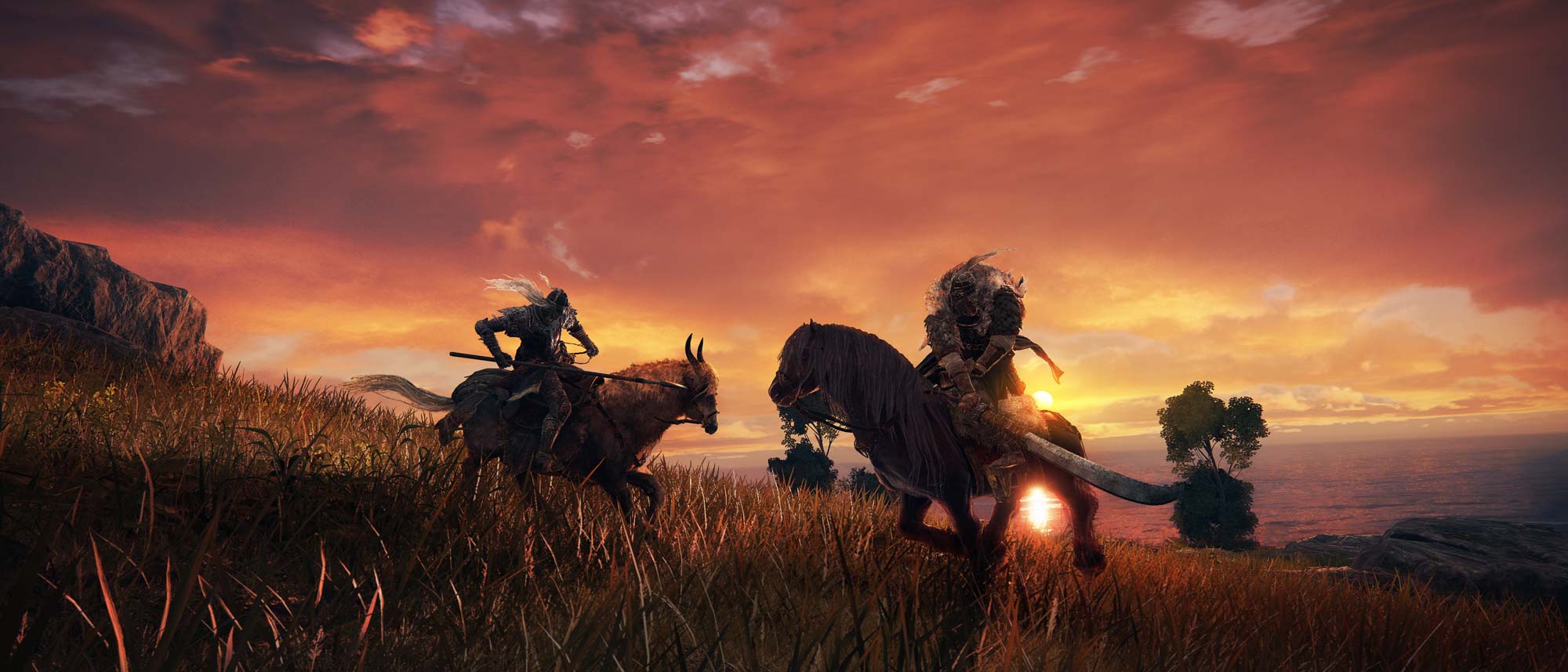Tom's Guide Verdict
Elden Ring offers rewarding gameplay, a cohesive setting and gripping lore. Some of the open-world systems feel clunkier than they should, though.
Pros
- +
Deep, demanding gameplay
- +
Robust character building
- +
Gorgeous open world
- +
Intriguing setting and lore
Cons
- -
Messy mounted combat
- -
Exploration feels too aimless
Why you can trust Tom's Guide
When Elden Ring’s first trailer debuted at E3 2019, it posed a burning question: What if the Dark Souls series had open-world elements? Now that the game is finally here, the answer has two parts:
- The Dark Souls elements still work beautifully
- The open-world elements are hit-or-miss
Platforms: PC (reviewed), PS4, PS5, Xbox One, Xbox Series X/S
Price: $60
Release Date: February 25, 2022
Genre: Action/RPG
Elden Ring is a game of contrasts. It invites you in with a huge world to explore, then punishes you if you stray too far from the next story point. It subtly hints where you should go next, but the critical path might be too tough if you haven’t thoroughly plumbed the surrounding area. It tries to be more accessible than previous From games, then puts up massive roadblocks early on. Series veterans know what they’re in for, but newcomers may find this game even tougher to get into than previous Souls titles.
For the most part, I enjoyed my time with Elden Ring. But when frustration set in, it set in hard, from the finnicky mounted combat, to the paltry rewards, to the handful of perfection-or-death sections that get very repetitive, very quickly. On the other hand, these were usually worthwhile tradeoffs for the game’s graceful combat, nuanced character-building and general sense that the world had a lot of worthwhile secrets to find. Read on for our full Elden Ring review.
Elden Ring review: Gameplay
It’s easy to describe what Elden Ring is, but harder to describe the exact experience of playing it. On a broad level, Elden Ring is an open-world action/RPG. You create a custom character, then set off to explore, fighting a variety of standard foes and menacing bosses along the way. You can discover new items and equipment; you can level up your attributes to get better at melee, ranged or magical combat; you can hop on horseback and explore the far reaches of the dark-fantasy Lands Between.
Elden Rings is a deeply difficult experience. The flip side is that mastering the combat feels profoundly satisfying.
If you’ve played a Souls game (or Bloodborne), then the moment-to-moment gameplay should feel intimately familiar at this point. Customizing your perfect character by distributing attributes and upgrading equipment is one part of the experience; mastering the satisfying and deadly combat is another.
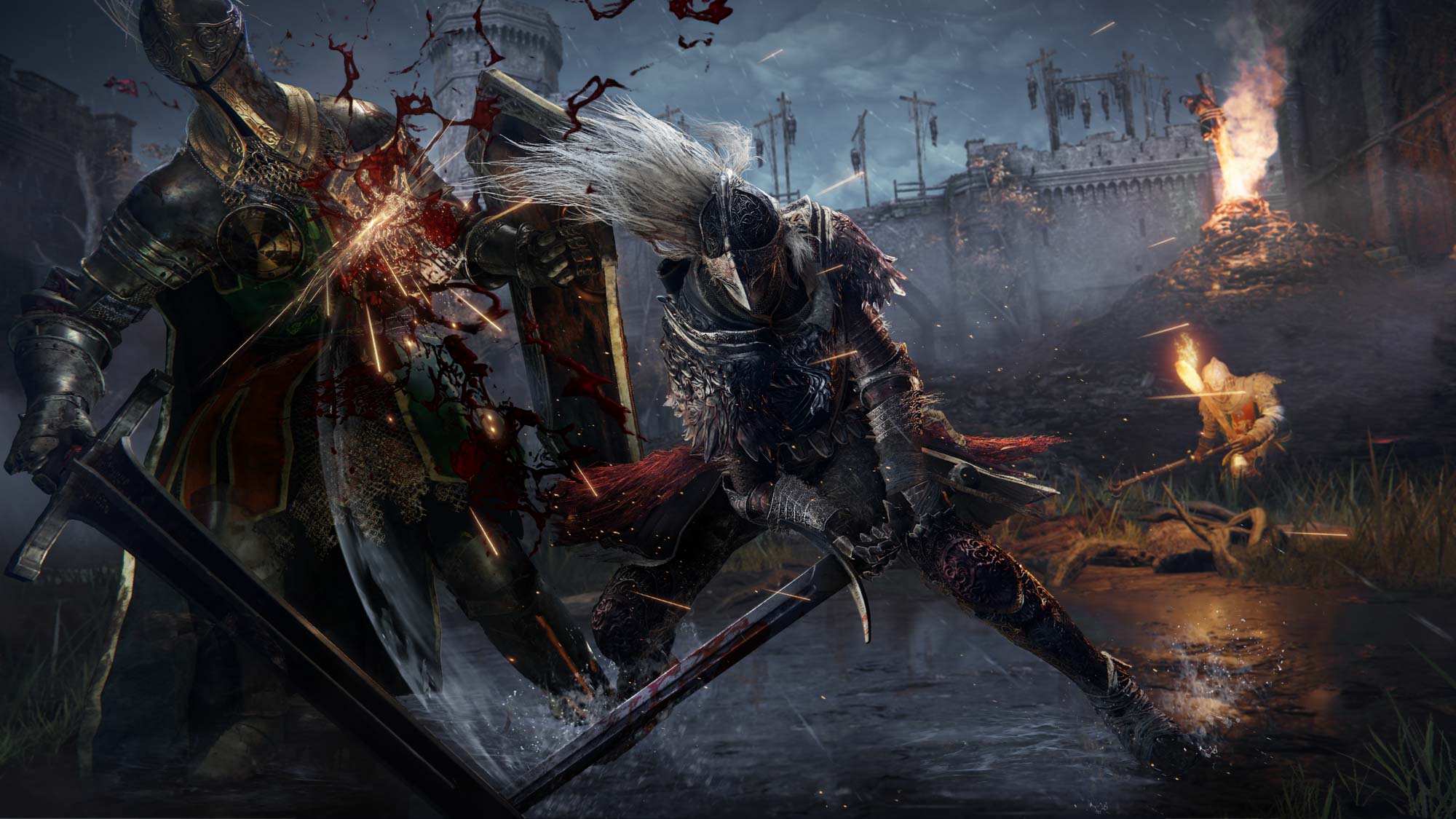
Like most From games, Elden Ring is a deeply difficult experience. Most enemies can kill you in a few hits; bosses generally need only one or two. Foes will swarm you from the front, or grab you from behind cover, or rise up out of the ground, or swoop down from above. Your healing options are limited, and nothing is instantaneous, from your melee attacks, to your magical projectiles, to your lifesaving dodges.
The flip side is that mastering the combat feels both eminently fair and profoundly satisfying. Stats and numbers play a big role in your Elden Ring success, but so do your own skills, and you’ll naturally improve both as you play.
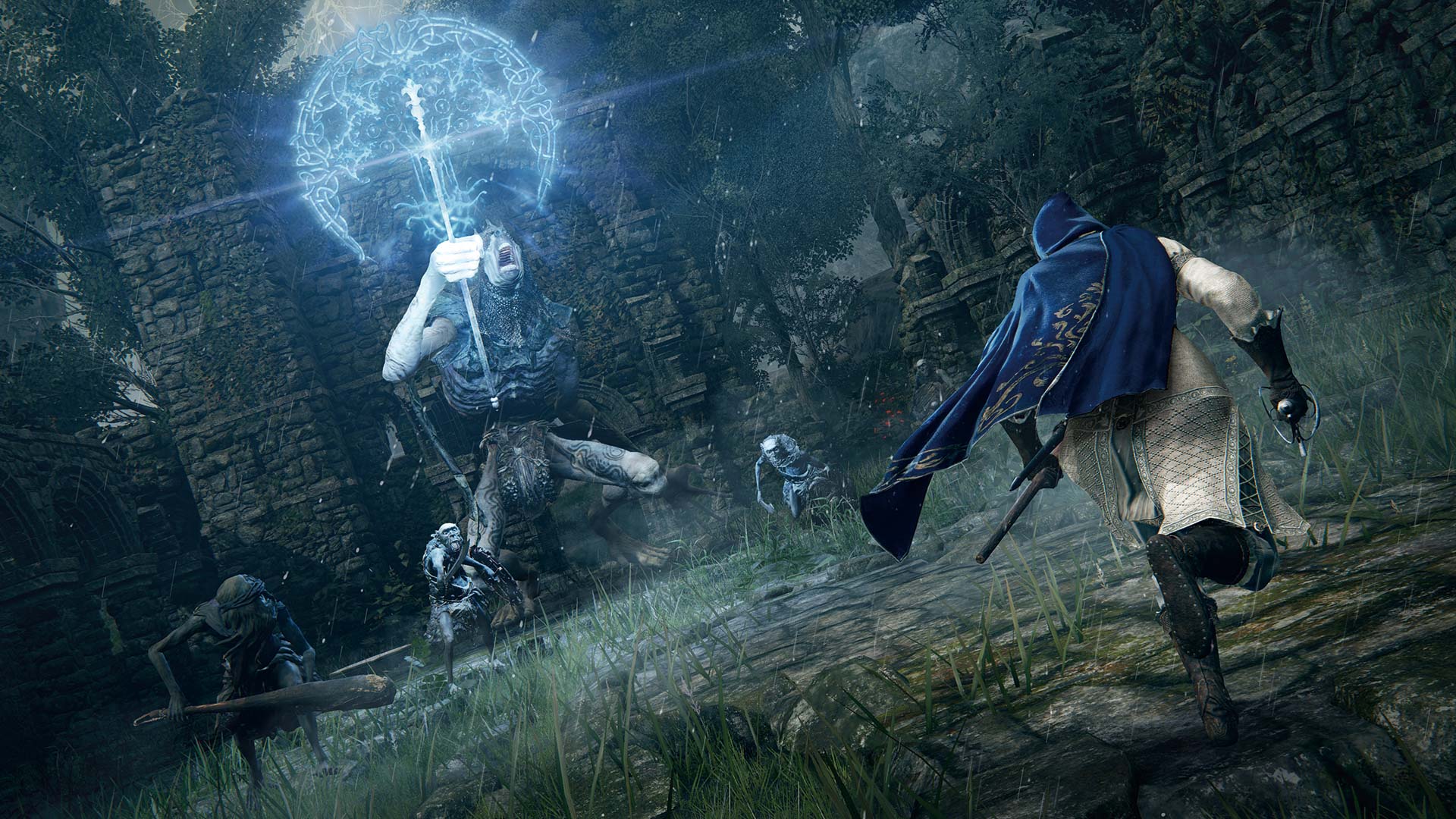
You can upgrade your character and buy new gear with an all-purpose currency called Runes, which every enemy drops upon defeat. If you die, you get one chance to recover your runes; if you fail, they’re gone forever. This is as frustrating as it sounds, but it also provides a killer incentive to play carefully and consistently.
However, the game is relatively stingy with Runes, even when enemy difficulty starts ramping up. Once you get past the initial areas, even scouring a whole level is usually not enough for a single level-up, which is doubly frustrating if you die and lose your Runes somewhere along the way. This design necessitates a lot of tedious grinding at reliable Rune spots.
Like previous From games, there are also unobtrusive multiplayer elements, such as leaving messages for other adventurers, or summoning players to aid with boss fights. They’re a welcome way to mitigate some of Elden Ring’s more difficult moments.
Elden Ring review: Open-world elements
Elden Ring fires on all cylinders when you explore its castles, dungeons, catacombs and other enclosed areas. These areas feel essentially the same as they would in a Dark Souls game, challenging you to find every hidden path and shortcut, while keeping the overall environment somewhat constrained. If you search carefully, you can find everything there is to find.
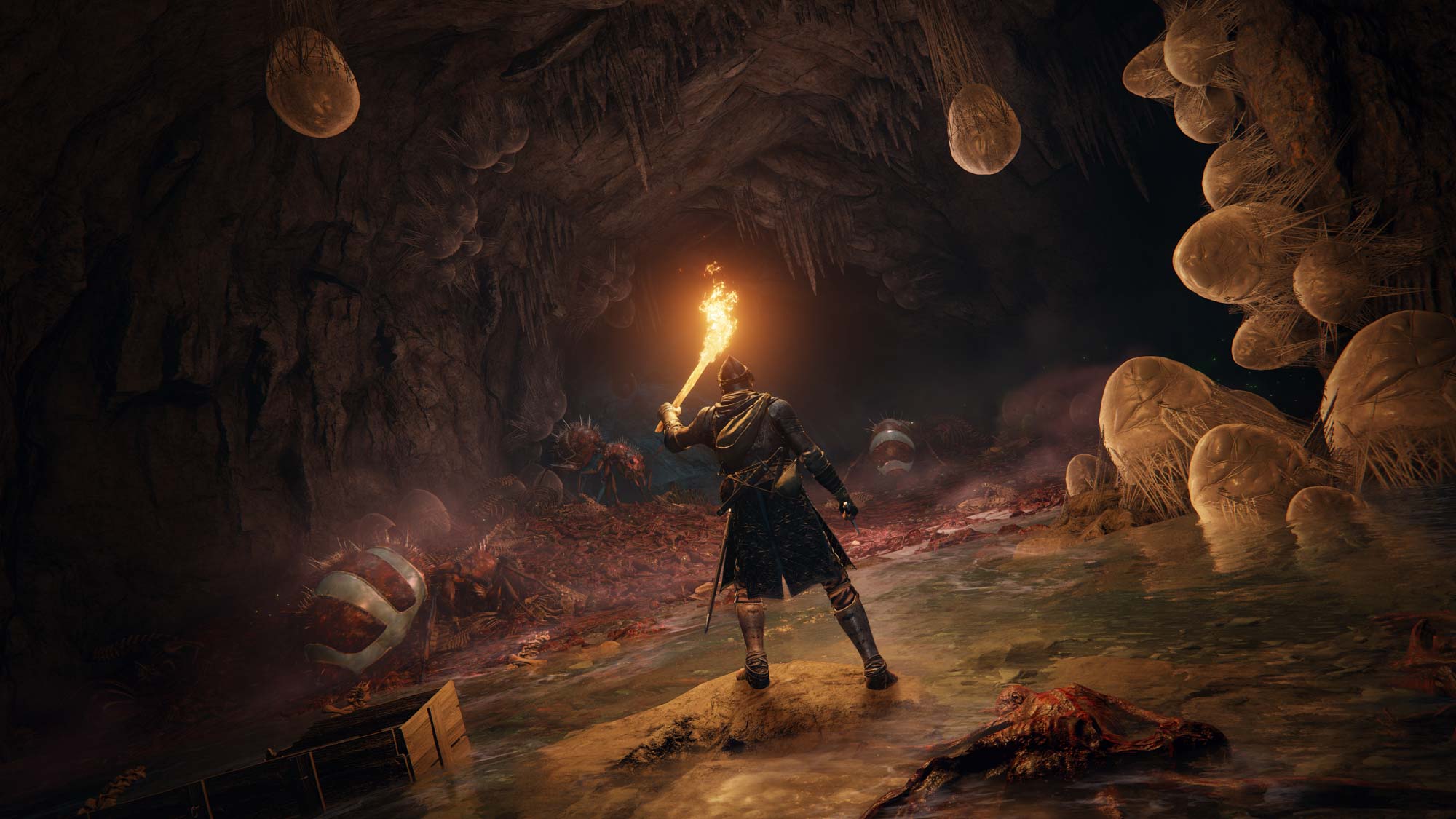
However, once you get out into the open world, everything feels just a little less polished. Sites of Grace (safe points, like Bonfires in previous games) sometimes — but not always — point the way to the next plot goal, but where you go beyond that is up to you. Some mini-dungeons and overland areas require considerably higher levels than their nearby narrative counterparts; others are valuable sources of items and experience, which you’ll need for upcoming plot bosses. Expect a lot of trial and error, as well as needless deaths.
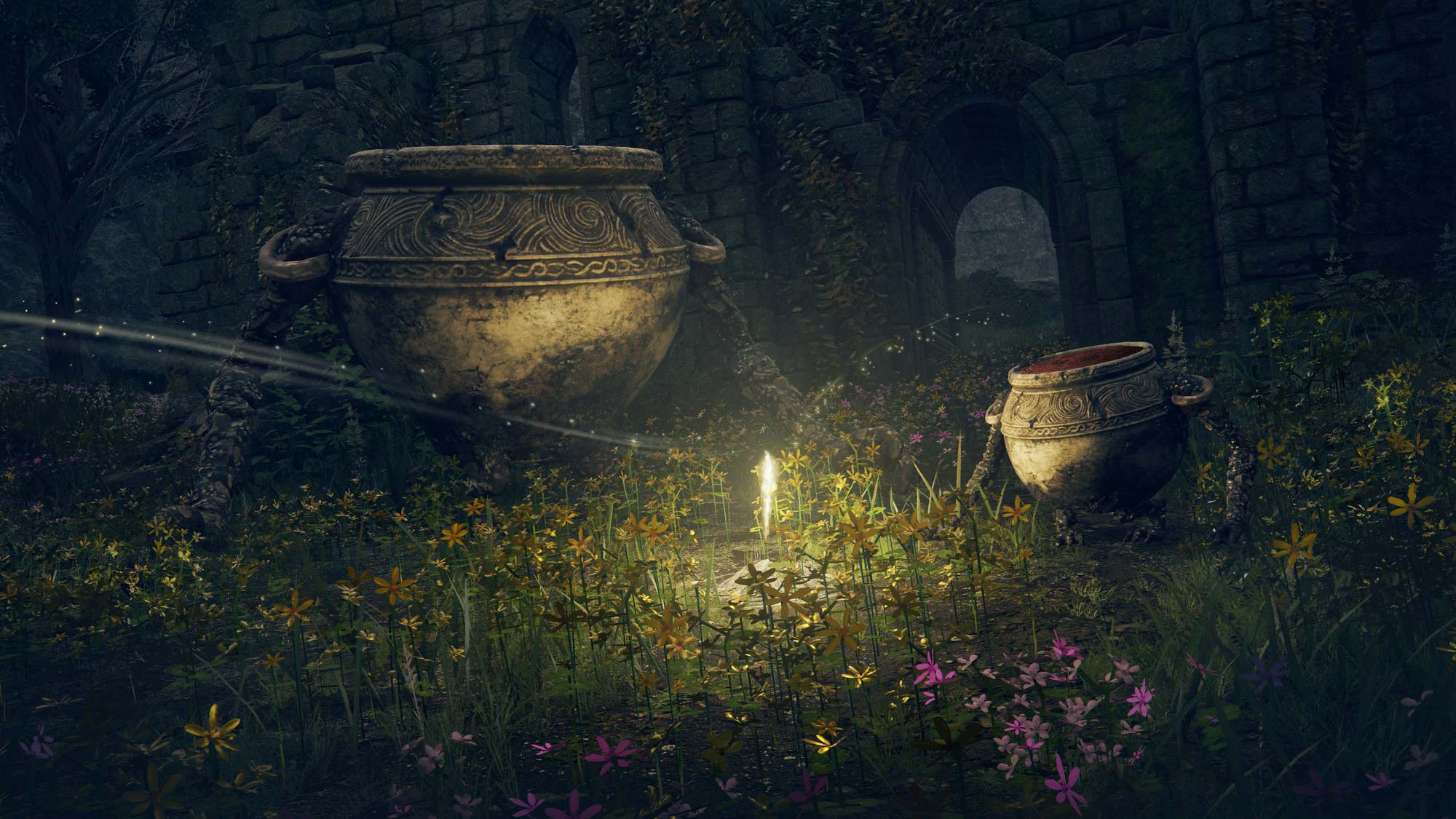
You’ll also be able to explore a lot of the world on horseback, which is a mixed bag. Your summonable steed, Torrent, moves quickly, and can double-jump. This opens up a lot of new avenues for exploration, but leads you to “was I really supposed to go there?” dead ends as often as not. Mounted combat is also a surprisingly chaotic experience as well, opting for unpredictable hit-and-run attacks rather than the finely tuned, methodical blows you find on foot. A handful of mounted boss fights, such as pursuing a fire-breathing dragon across an open field, are exhilarating. But they’re the exception, not the rule.
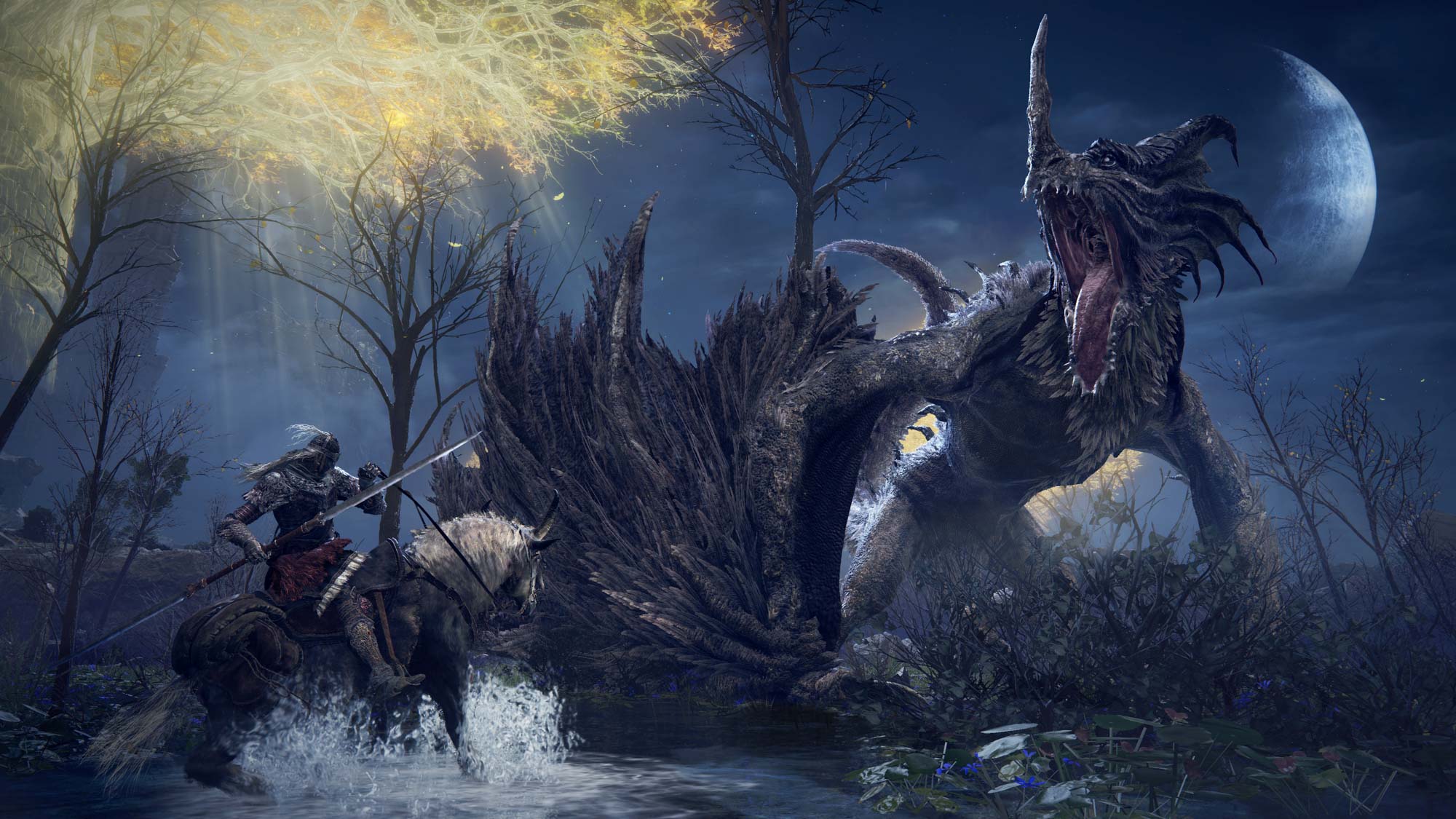
Some dungeons are unbelievably well-hidden, and I wonder how many players will discover them without a walkthrough handy. Elden Ring’s open world straddles the line between “secretive” and “aimless,” and winds up on the wrong side a little too often.
Elden Ring review: Story and setting
Acclaimed spec fic author George R.R. Martin helped write Elden Ring’s backstory, and his influence on the game is clear. The Lands Between are a rich, nuanced fantasy realm, with a complicated cast of characters and a sense that the status quo is anything but immutable.
Elden Ring’s open world straddles the line between “secretive” and “aimless,” and winds up on the wrong side a little too often.
Like many other From games, the specifics of the plot aren’t that important here, as the atmosphere and characters generally leave a bigger impression. Still, if you’re dying to know: The Elden Ring is a powerful artifact that split into four pieces after a devastating war called the Shattering. Four demigods each took a piece of the Ring, and each one became dark and twisted as a result. You play as a Tarnished: an immortal undead warrior who can defeat the demigods, reshape the ring and become an Elden Lord.
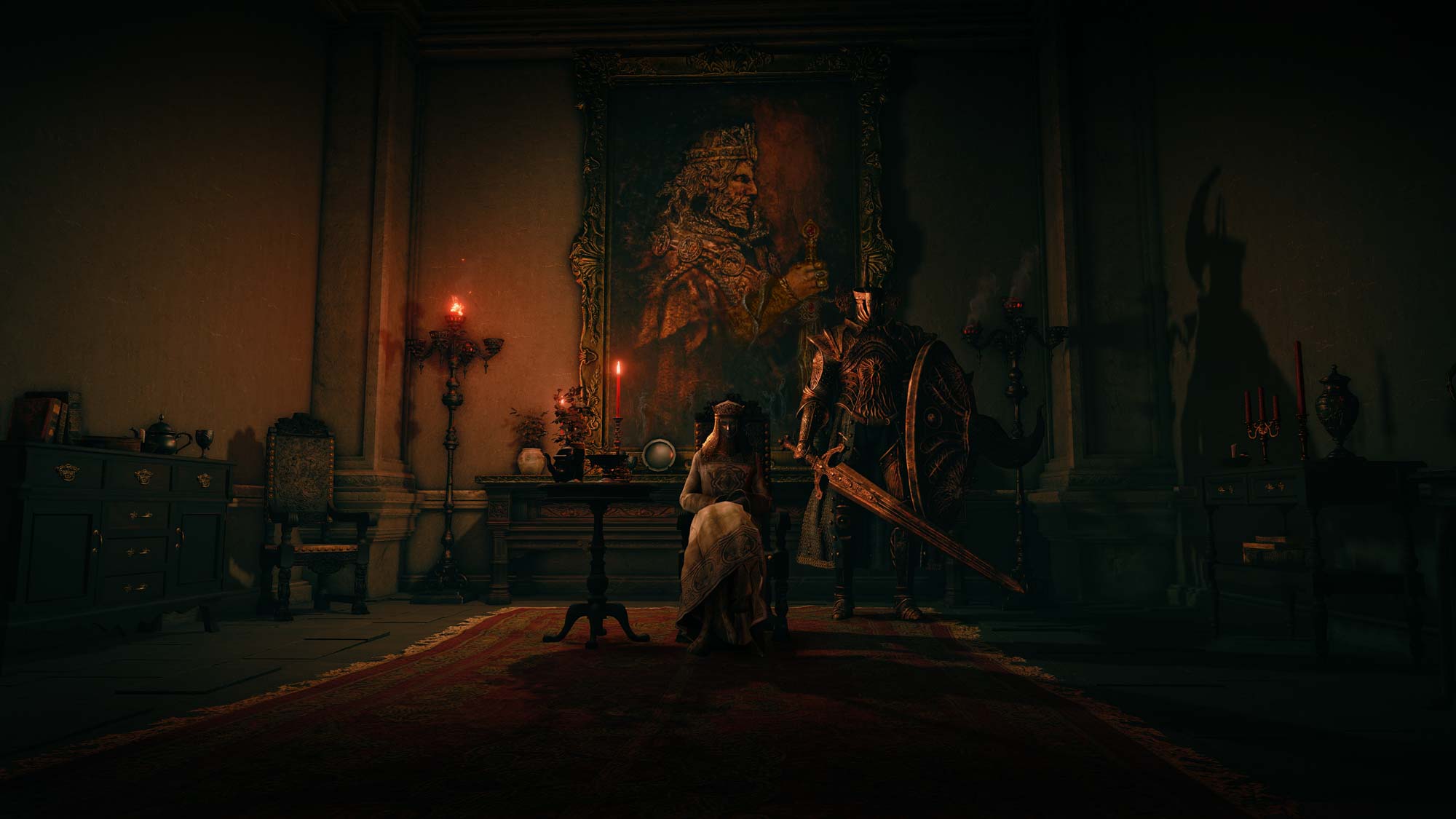
As usual, From does an excellent job of cramming a lot of lore into sparse dialogue snippets, item descriptions and even the level design itself. But Elden Ring is a little easier to parse than other Souls games thanks to an area called the Roundtable Hold, where you can meet a variety of other adventurers and get small info dumps about the game’s major bosses. It’s a smart, optional idea that helps give every major boss fight clear and comprehensible stakes.
Elden Ring review: Visuals and sound
Elden Ring is a gorgeous game, from the glowing golden leaves of distant Erdtrees, to the blood-flecked rings in a suit of armor. While it’s not the most graphically ambitious title out there (possibly because it has to straddle two console generations), it has a memorable art style, with suitably grotesque enemy designs and striking architecture in each level.
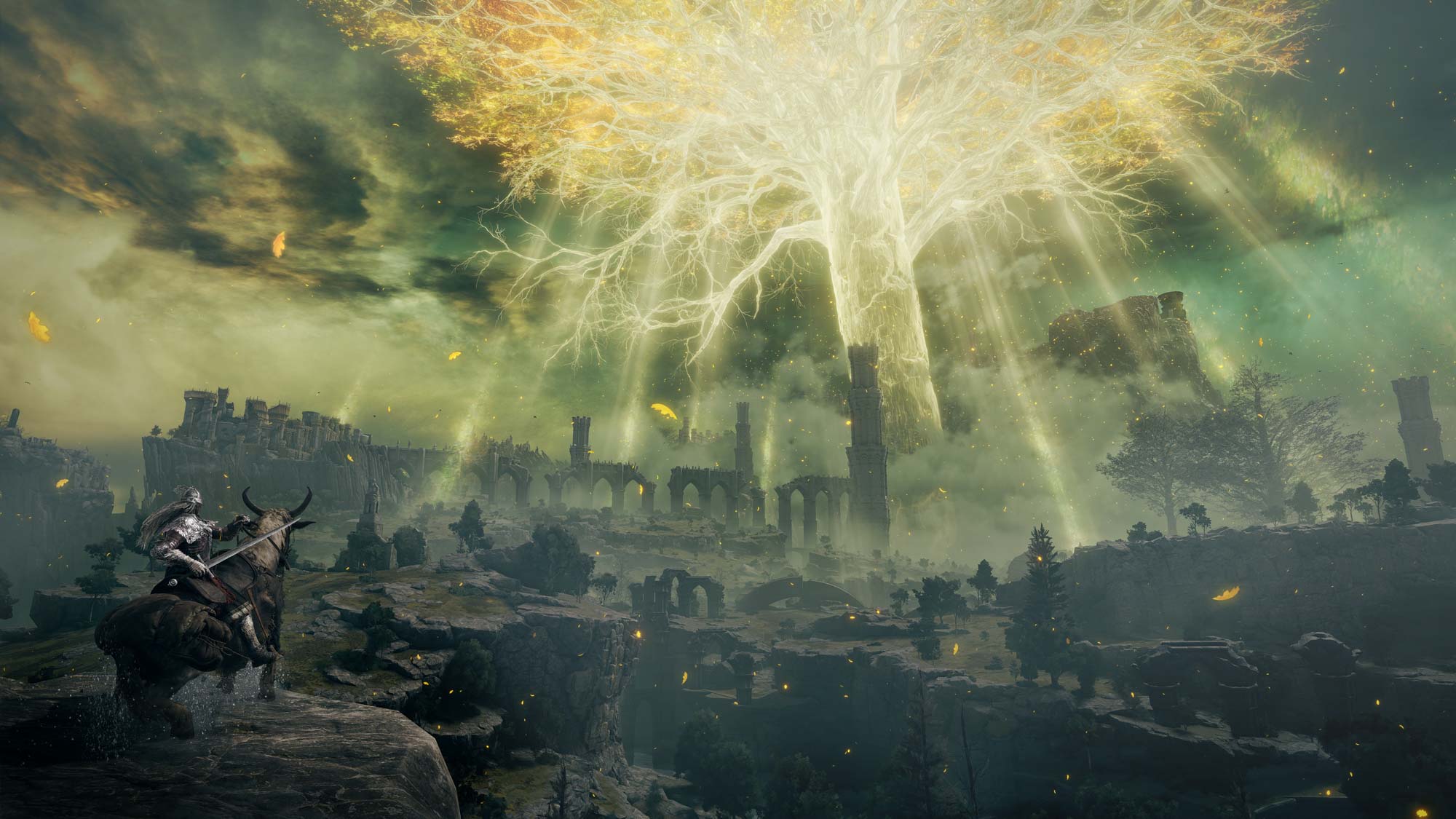
The sound design is likewise strong, with music that tends to go big and bold for boss fights, but stay quiet otherwise. In keeping with the game’s subdued setting, the voice acting feels suitably off-kilter. Bandai Namco hasn’t released a voice cast list yet, but the actress behind the villainous Rennala, Queen of the Full Moon is a standout performer, capturing the character’s madness and malice.
Elden Ring review: Verdict
Elden Ring is not the perfect game that many Dark Souls fans probably hoped it would be. While adding open-world features to the beloved series formula results in a few cool moments, it also stretches the game in too many directions. If Dark Souls is a well-oiled grandfather clock, then Elden Ring is more like a smartwatch: full of features, but lacking some polish.
Still, Elden Ring mostly accomplishes what it sets out to do. Dark Souls and open-world design aren’t a perfect marriage, but From manages the two together pretty well, providing an interesting world to explore and plenty of cool creatures to fight along the way. Just savor the big dungeons while they last; once you get back out onto the open field, there’s a lot of empty space between you and the next one.
Elden Ring's first substantive DLC pack, the Free Colosseum Update, may entice PvP-minded players back to the game.
Marshall Honorof is a senior editor for Tom's Guide, overseeing the site's coverage of gaming hardware and software. He comes from a science writing background, having studied paleomammalogy, biological anthropology, and the history of science and technology. After hours, you can find him practicing taekwondo or doing deep dives on classic sci-fi.
